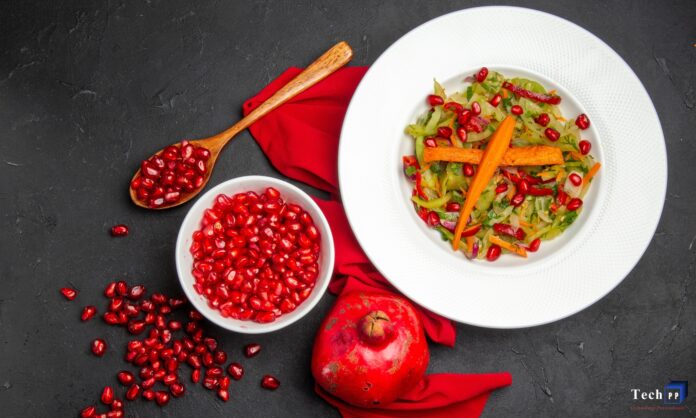Natural Red Food Colors! In today’s health-conscious world, consumers are increasingly seeking products made from natural ingredients, including colorants. Among the spectrum of natural food colors, natural red food colors are some of the most popular and widely used, offering vibrant hues that appeal to the eye while promoting clean-label products.
What Are Natural Red Food Colors?
Natural red food colors are pigments extracted from plants, fruits, and vegetables that impart red shades to food products. Unlike synthetic dyes, these natural alternatives are derived from wholesome, recognizable sources such as beetroot, red cabbage, hibiscus, and annatto.
- Beetroot Extract: One of the most common sources of natural red coloring, providing a deep red hue along with added health benefits, such as antioxidants and vitamins.
- Hibiscus: Offers a bright red color and a slightly tangy flavor, often used in beverages and desserts.
- Red Cabbage Extract: Can provide red tones depending on the pH of the food product.
- Annatto Seeds: Widely used for both orange and red color tones in various applications, especially in dairy and confectionery.
Applications of Natural Red Food Colors
Natural red food colors have become a staple in the food and beverage industry, finding applications in:
- Beverages: Fruit juices, flavored waters, and cocktails utilize natural red food colors to attract health-conscious consumers seeking vibrant, additive-free drinks.
- Confectionery: From gummies and candies to lollipops and chocolates, natural red colors enhance the appeal without relying on synthetic dyes.
- Dairy Products: Yogurts, ice creams, and flavored milk often use natural red food colors to create attractive layers or swirls.
- Baked Goods: Red velvet cakes, donuts, and pastries benefit from natural red food colors, combining aesthetics with clean-label appeal.
Why Choose Natural Red Food Colors?
Consumers are shifting away from artificial ingredients due to rising awareness about potential health risks associated with synthetic food dyes. Natural red food colors offer several advantages:
- Health Benefits: Many sources, such as beetroot, provide not only color but also nutritional value, including antioxidants.
- Clean Label: Derived from plants and fruits, these colors resonate with the clean-label movement, helping brands meet consumer demand for transparency.
- Regulatory Compliance: Many regions are imposing stricter regulations on synthetic food dyes, making natural alternatives essential for market acceptance.
Challenges and Solutions
One of the challenges of using natural red food colors is their sensitivity to heat, pH, and light, which can cause color fading over time. However, advancements in food technology, such as microencapsulation and improved extraction techniques, have enhanced the stability of natural red pigments, ensuring consistent color and shelf life.
The Future of Natural Red Food Colors
As consumers continue to prioritize health and sustainability, natural red food colors are poised for significant growth in the coming years. With continuous innovations in extraction and formulation, manufacturers can offer products that are not only visually appealing but also healthier and eco-friendly.
Natural red food colors are more than just a trend—they’re a testament to how food innovation is evolving toward safer, cleaner, and more natural choices.


